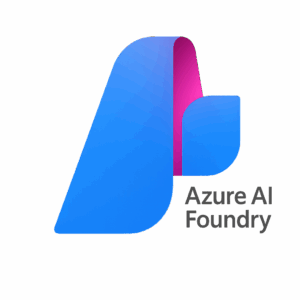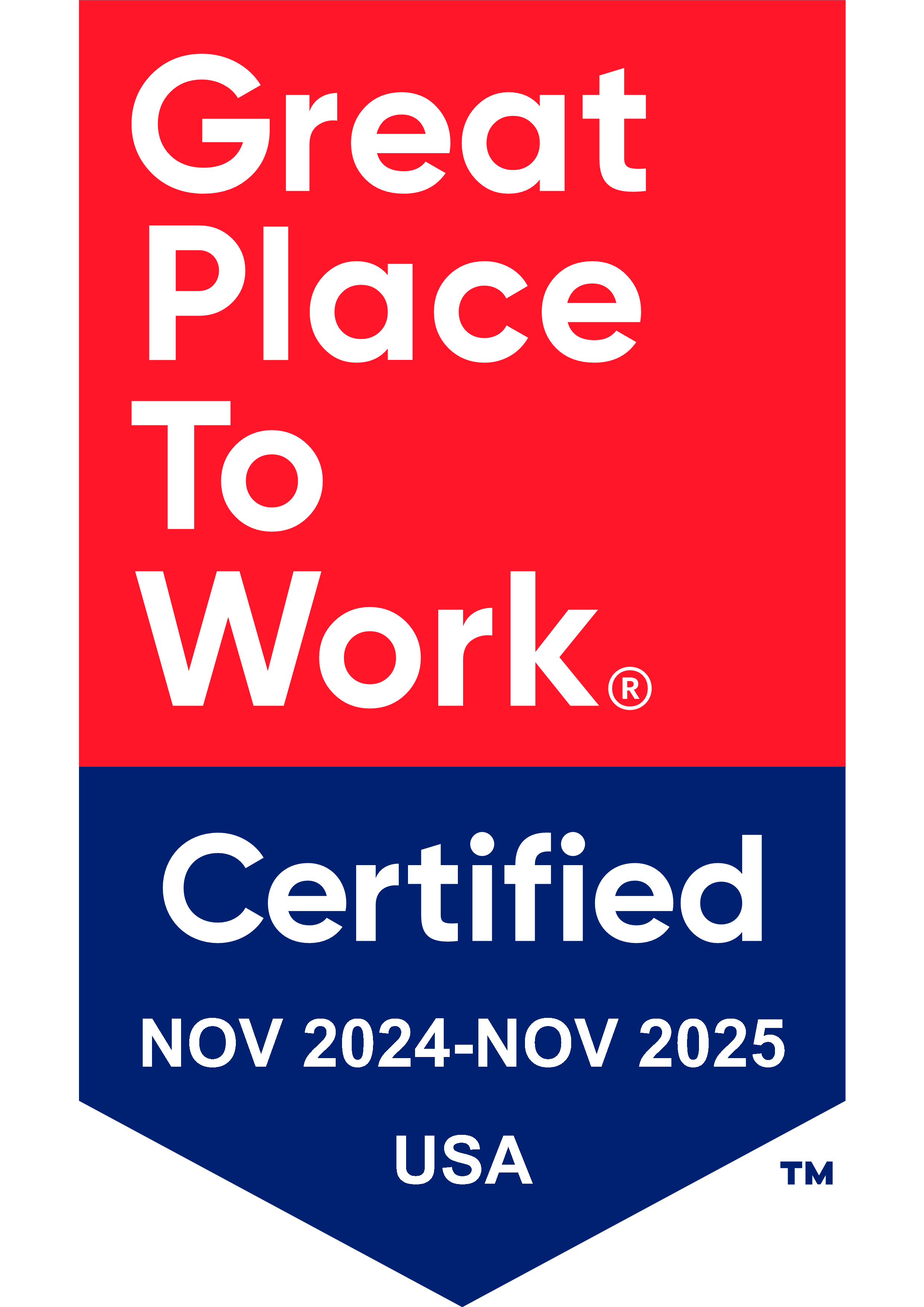Microsoft Build 2025
In this article, I explore four cornerstone developments from Build 2025, each illustrated with practical examples and grounded in the strategic vision shaping the future of federal AI.
Azure AI Foundry Local
What It Is
A powerful runtime for Windows and macOS—now in preview—that enables AI models and agents to run entirely on-device without continuous cloud connectivity. Foundry Local supports cross-platform applications, local model execution, and secure data processing while operating quietly in background to conserve bandwidth.
How It Works
Developers can use the Foundry Local CLI or WinGet installation to browse and deploy optimized models—ranging from GPT-models, Grok 3, Flux Pro, and Sora to open-source alternatives—tailored to local device hardware. Applications can run offline, with synchronization to Azure Arc for centralized management, enabling updates, telemetry, and enforced compliance policies.
Why Government Organizations Should Care
- Operational Autonomy: Edge-first environments (e.g., air-gapped labs, remote deployments, or field offices) can continue leveraging AI without cloud dependency.
- Data Sovereignty: Sensitive information remains on the device—critical for classified or privacy-sensitive operations.
- Cost and Latency Efficiency: Local inference removes API round trips—useful in bandwidth-constrained or latency-sensitive scenarios.
For example, analysts could deploy an offline agent to categorize classified document batches in-theater and later sync results to secure cloud tiers. Likewise, a military maintenance team could diagnose equipment faults from sensor logs using on-device AI modules—no connectivity required.
Model Context Protocol (MCP)
What It Is
An open, JSON-RPC–based protocol—co-developed by Anthropic and now supported by Microsoft—that defines a universal standard for AI agents to discover and invoke tools across devices and cloud.
How It Works
MCP servers register APIs—such as document retrieval, reporting services, or geospatial tools—while agent runtimes (MCP clients) dynamically discover and securely invoke these capabilities. Windows 11, Copilot, Azure AI Foundry, and GitHub are now MCP-aware. A public or private “tool registry” also enables centralized governance.
Why Government Organizations Should Care
- Platform-Neutral Integration: Agencies can register legacy services—like case management systems, secure file shares, or health records—as MCP tools, enabling plug-and-play interoperability with sanctioned agents.
- Scalable Adoption: Rather than one-off integrations, MCP supports agency-wide capability rollouts with centralized control and visibility.
- Secure by Design: Agents only invoke vetted tools; identities are authenticated via OAuth (or equivalent), and all actions logged for auditing.
Imagine an analyst agent retrieving classified geo-data via MCP-defined services, synthesizing findings, and drafting secure incident reports—all under predefined agency governance. That standardization de-risks integration and prevents vendor lock-in.
Multi-Agent Orchestration
What It Is
Azure AI Agent Service—now generally available—empowers developers to compose multi-agent workflows using frameworks like Semantic Kernel & AutoGen for orchestrated, context-aware collaboration across specialist AI agents.
How It Works
Orchestrator agents manage workflows by passing contexts, maintaining state, and handling errors. Specialist agent modules perform discrete tasks such as data gathering, policy verification, or report generation. The framework supports various communication patterns including sequential handoffs, parallel execution, retries, and fallbacks.
Why Government Organizations Should Care
- Simplified Complexity: Multi-step processes—such as eligibility verification, adjudication, and notification—can be broken into modular agents with reusable logic.
- Efficiency at Scale: Templates minimize custom code across use cases like benefits processing or grant reviews.
- Built-In Auditability: Transparent agent handoffs and trace logs enhance trust and explainability.
For instance, an agency could deploy a benefits-eligibility process comprising agents for data verification, policy compliance, and applicant communication—each coordinated within an auditable, traceable system.
AI Evaluation and Governance Readiness
What It Is
Microsoft Build introduced a suite of tools to help organizations scale AI responsibly—ensuring models and agents perform reliably, securely, and transparently. Specifically, we learned and gained certification in automated risk testing (to proactively find security flaws), evaluation frameworks (to measure accuracy, bias, and reliability), detailed trace logging (to ensure auditability), and assigning unique digital identities to AI agents (to maintain control and accountability).
How It Works
We use evaluation tools that systematically test AI responses against adversarial prompts (such as attempts to trigger inappropriate outputs), verify the accuracy of intended outcomes, and detect content risks. Metrics around fairness and reliability are automated, making AI evaluations standardized and repeatable. Trace logging captures detailed records of every AI action—crucial for review, compliance audits, or incident analysis. Unique agent identities function like service accounts, granting each AI system specific permissions and ensuring clear oversight.
Why Government Organizations Should Care
- Proactive Risk Mitigation: Automated testing identifies vulnerabilities before deployment, improving operational readiness.
- Audit-Friendly Operation: Every decision is logged to compliance with frameworks like FISMA and FedRAMP.
- Clear Accountability: Agent-specific identities allow fine-grained access control and traceability.
For example, agencies applying automatic red-team testing can also lock release pipelines based on behavioral thresholds. Coupled with agent identities, this ensures AI systems enforce least privilege and can be held accountable through formal security processes.
Conclusion: Your Roadmap to AI Agent Adoption
Microsoft Build 2025 offers more than technological upgrades—it delivers an architectural blueprint for responsible and scalable federal AI Modernization.
| Capability | Immediate Impact |
|---|---|
| Hybrid On-Device AI | Run secure agents offline – especially in disconnected or classified environments |
| Protocol-Driven Interop | Unlock APIs across legacy systems, without bespoke agent engineering |
| Agent Partnerships | Orchestrated workflows increase efficiency and explainability |
| Governance Natively Embedded | Automated testing, trace logs, identity—all built-in |
| Skilled Workforce | Certified internal teams ready to own and evolve AI solutions |
These innovations are no longer theoretical—they are deployable today, with governance, security, and sustainability built in. These tools equip federal agencies to implement hybrid, connected, and accountable AI at mission speed.
Curious how these capabilities align with your agency’s objectives with the rapid evolution of AI? Learn more about our AI capabilities or reach out to schedule a tailored walkthrough or demo—customized to your distinct mission, compliance posture, and modernization roadmap.
 Tony Kelly | 7/22/2025
Tony Kelly | 7/22/2025



